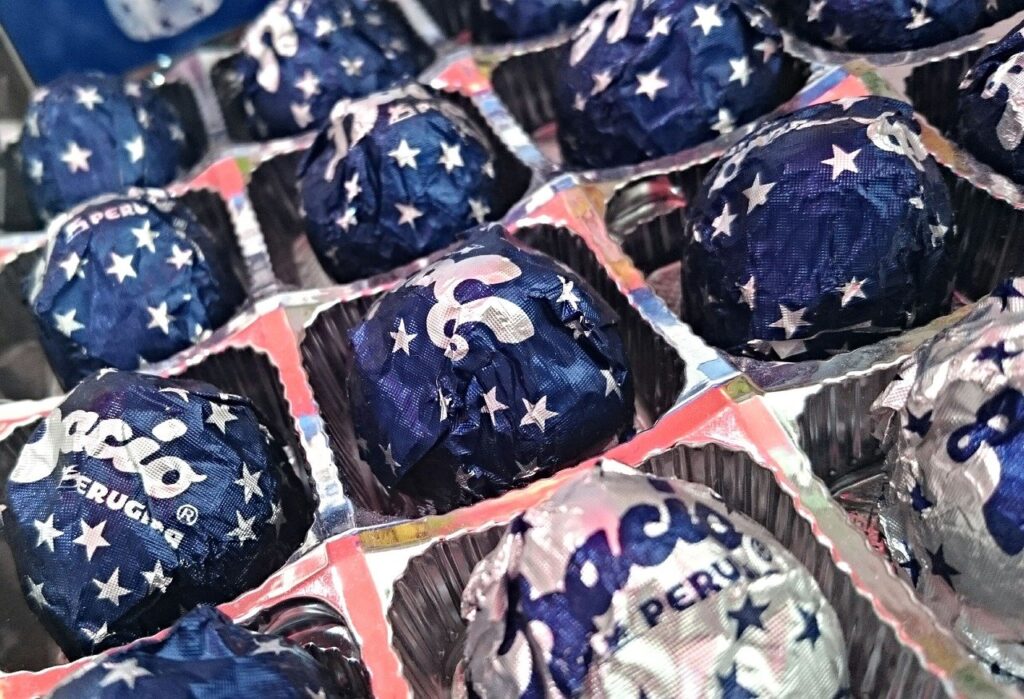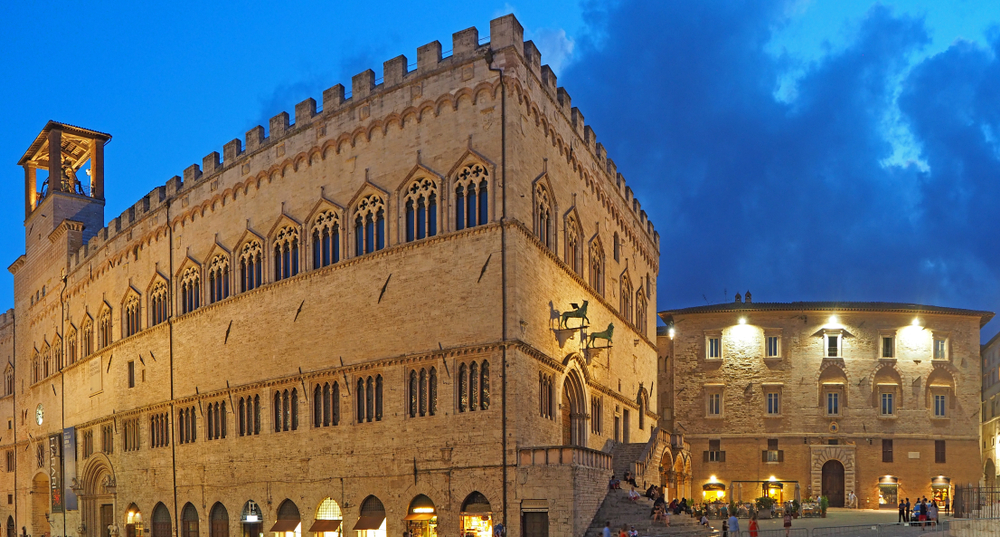The capital city of Umbria, Perugia is renowned for its culture and artistic heritage, and hosts numerous festivals every year — including world-famous celebrations of chocolate and jazz. The sprawling city is perfect for a day’s exploring; you won’t be disappointed by the historic centre filled with impressive architecture and a mix of monuments dating back to the medieval and Roman eras.
History
Perugia was one of the main Etruscan cities, and first appears in written form as “Perusia”. The city has a tumultuous history, partaking in numerous wars between 310 BC and 547 AD. It has also been a refuge for popes seeking safety from Rome, although in 1282 the city was excommunicated due to a military offensive against the Ghibellines. Perugia faced its own civil war during the 14th century, and it passed between patrons during the subsequent Italian Wars. In 1797, the city was conquered by French troops at the Tiberina Republic was formed with Perugia as the capital — this then merged as part of the Roman Republic in 1799. Along with the rest of Umbria, the city was unified to form the Kingdom of Italy in September 1860.
Events

The city is best-known for its chocolate, thanks to the company Perugina — their Baci chocolates are widely exported and (according to their website) the most popular brand consumed in Italy. Every October, the city celebrates its chocolate heritage with a festival.
Every July, the annual Umbria Jazz Festival also takes place in Perugia, with artists from around the world appearing on the stage. Although it focuses on jazz music, shows have included performances by world-famous pop artists such as Elton John, Prince and Van Morrison.
Art and Attractions
The famous artist Pietro Vannucci (and teacher of Raphael) came from near the city, and decorated the local Sala del Cambio with a series of frescos. The Palazzo dei Priori is home to the National Gallery of Umbria, and showcases numerous collections of artwork, tapestry and jewellery. The building itself is pretty stunning too:

The city also boasts:
- Perugia Cathedral; a cathedral which dates from the 1400s, and has an accompanying museum
- Fontana Maggiore; a spectacular fountain with ornate carvings, dating from the 13th Century
- San Domenico; a Roman Catholic basilica with stunning medieval fresco paintings, 14th century choir-stalls and a monument to Pope Benedict XI
Visitors can also meander along the raised medieval walkway Via dei Priori, which can be found just north of Piazza Morlacchi.
The city’s symbol is the griffin, which can be found on various statues and plaques around the city (hunting these makes a great sightseeing activity for those travelling with kids).
